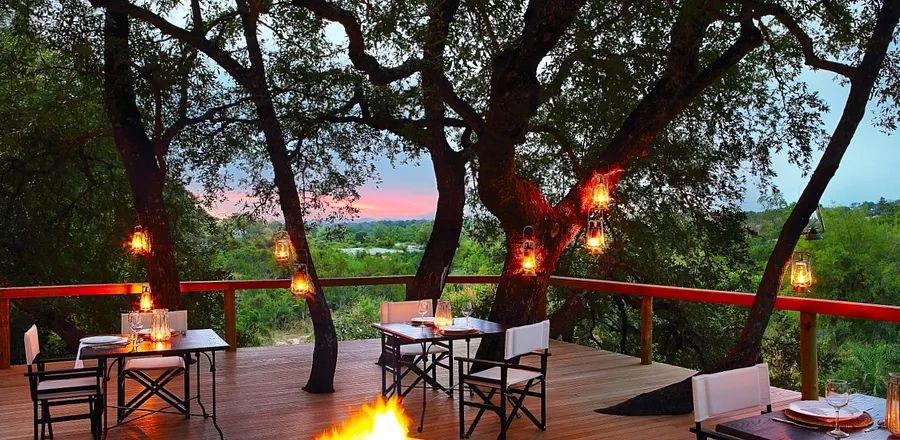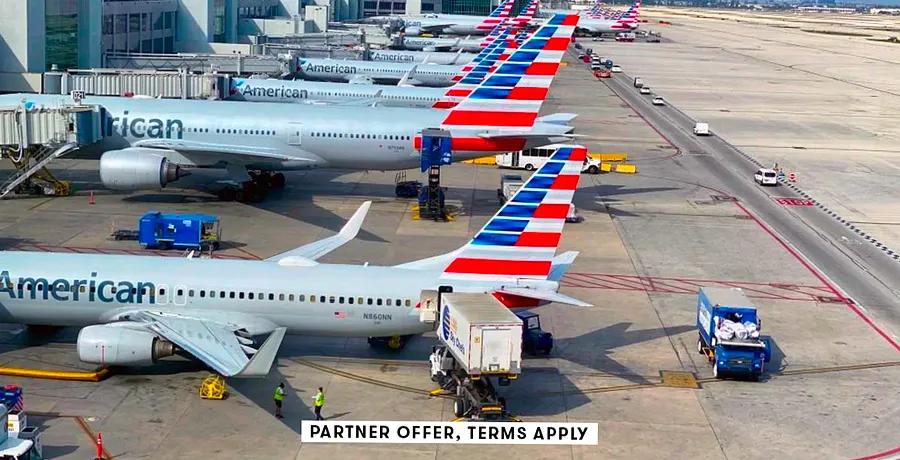Extraordinary Dining, Stunning Accommodations, and...No Plastic? That’s the Goal of This Luxury Hospitality Group

For those who travel with a passion for culinary experiences, Relais & Chateaux is a household name. Established in France in 1954, this collective of independently operated luxury hotels has become synonymous with exceptional hospitality focused on unforgettable meals. Approaching its 70th anniversary, the group now boasts nearly 600 hotels and 800 restaurants worldwide, collectively holding 340 Michelin stars.
As Relais & Chateaux advances its mission to create a better world through food and hospitality, the new president, Laurent Gardinier, is driving this mission towards greater sustainability. The association released its first annual sustainability report at the end of 2022 to outline goals and assess impacts. Prior to that, in 2014, they presented the Relais & Chateaux Vision manifesto to UNESCO, detailing 20 commitments focused on environmental protection, sustainable cuisine, and social empowerment. The organization intends to deepen its collaboration with UNESCO in 2024. In the coming year, Relais & Chateaux will also start tracking initiatives like waste management and single-use plastics with assistance from its inspectors and external experts.
Dinogo recently spoke with Gardinier, co-owner of Relais & Chateaux Domaine Les Crayères in Champagne and Le Taillevent restaurant in Paris alongside his two brothers. He discussed the organization's future, including support for member hotels in measuring their sustainability impact and highlighting new destinations where travelers can discover more Relais & Chateaux properties soon.
This interview has been edited for brevity.
What key information should travelers be aware of regarding Relais & Chateaux today?
We boast the largest collection of Michelin stars among hospitality brands globally. Our total sales reach $2.8 billion U.S. dollars, and we support 42,000 individuals within the broader Relais & Chateaux community. Additionally, we operate as a nonprofit organization. The 580 members collectively own the brand, and our shared values—friendship, community alignment, gastronomy, and sustainability—are of great significance to us. As an association, we foster collaboration over competition, prioritizing mutual support among our members.

Courtesy of Relais & Chateaux
What are your aspirations for sustainability at Relais & Chateaux?
In discussions about sustainability, we must steer clear of a significant pitfall: greenwashing. Operating across 60 countries demands consistency and ambition, as efforts can greatly differ by location. For instance, my friend Dereck Joubert from Great Plains Conservation focuses on rhino conservation in Botswana, while another hotel member aims to eliminate single-use plastics from guest rooms. I’m currently pinpointing the necessary tools to advance this initiative.
What are your upcoming plans for measuring sustainability?
Currently, our inspectors evaluate the quality of the hotel experiences we provide. This process is stringent and overseen by the French government, which routinely audits us and has even authorized us to inspect other organizations alongside them. While we haven't pursued this, it highlights our commitment to our procedures. We now intend to incorporate sustainability metrics into our evaluations for both current and new members. We aim to establish relevant criteria within the next six months, with plans to announce our comprehensive strategy in about a year.
How will this be implemented practically?
Sustainability encompasses two dimensions. One focuses on the guest experience—our inspectors will assess how guests perceive sustainability. What do guests notice? The other dimension concerns the technical aspects behind the scenes: how is water managed? What waste management practices are in place? Composting poses challenges due to its complexity. We won’t have our quality inspectors evaluate behind-the-scenes operations or engage with suppliers, as that would compromise anonymity, and they lack the necessary technical expertise. These are distinct skill sets, prompting us to seek a partnership with a large organization possessing the relevant technical know-how.

Courtesy of Relais & Chateaux
Can you share more about the sustainability committee you’ve established within Relais & Chateaux?
I recognized a wealth of knowledge within our members that we hadn’t fully tapped into regarding sustainability, including insights from Dereck Joubert of Great Plains Conservation and Malik Fernando of Resplendent Ceylon in Sri Lanka. Consequently, I formed a sustainability committee within the association—a governance body designed to guide us, highlight challenges, and ensure we’re progressing in the right direction.
You appointed Mauro Colagreco, the chef of the three-Michelin-starred Mirazur in France—the first restaurant globally to achieve Plastic Free Certification—as vice president focusing on environmental responsibility. How will he contribute to sustainability from a culinary perspective?
Initiatives aimed at eliminating plastic begin with prominent chefs like Mauro. Gradually, this creates a ripple effect that influences the broader culinary sector. It mirrors the concept of seasonality in local produce; nowadays, a fine dining restaurant wouldn’t dream of serving out-of-season tomatoes or truffles. In contrast, 20 years ago, offering tomatoes all year was considered a mark of culinary excellence.
When we acquired Les Crayeres in 2000, it featured a renowned Michelin two-star restaurant that offered truffles year-round. This was a fundamental aspect of the Relais & Chateaux experience. The movement towards seasonal ingredients started with vegetables. Now, our Italian chef Giuliano Sperandio ensures he doesn’t serve certain fish when they’re out of season. In the coming decade, we’ll see similar awareness regarding meat; people will understand that lamb can’t be consumed all year. This shift begins with top-tier restaurants and gradually influences others. Chefs without two or three Michelin stars observe this trend, prompting a cultural transformation.
Ownership of the brand lies with our 580 members, and the values we uphold are vital to us: friendship, community alignment, gastronomy, and sustainability.
Which regions is Relais & Chateaux planning to expand into over the next few years?
We don’t operate under a business model that necessitates adding 100 new properties to sustain our headquarters. Our presence is strong in Western Europe, the U.S., South America, and Japan, while we have a limited number of properties in China and India. Nordic cuisine is gaining global traction, so we are gradually expanding in that area. This is a deliberate process: we need to ensure consistency. Does the destination offer a sufficient level of food quality, service, and architectural appeal at the boutique property level? It’s easier to assess this in established markets.
What criteria must a hotel or restaurant meet to be recognized as Relais & Chateaux?
At Relais & Chateaux, we utilize approximately 500 criteria for hotels and around 180 for independent restaurants, supported by 10 to 15 anonymous inspectors. We receive roughly 500 applications annually, selecting about 15 to 20 based on the year's circumstances.
Which other Relais & Chateaux locations have you recently enjoyed?
I have several favorites. One is Casa Palopó by Lake Atitlán in Guatemala, owned by the wonderful Claudia Bosch and her family. The hotel is beautifully situated on the lake, surrounded by an impeccably maintained garden. If you look a bit further, a magnificent volcano comes into view. Mornings often bring clouds that hide its peak, but then a gust of wind reveals the stunning mountain—a truly surprising experience for me.
I also visited Duba Plains Camp in Botswana, along with Jabulani and Londolozi Game Reserve in South Africa. I appreciate how each of these properties embodies the essence of their owners. At Jabulani, you find yourself beside a serene lake at sunset, surrounded by families of elephants wandering close by. In those moments, you can't help but think: Am I really at work? I'm fortunate to witness such beauty.

1

2

3

4

5
Evaluation :
5/5